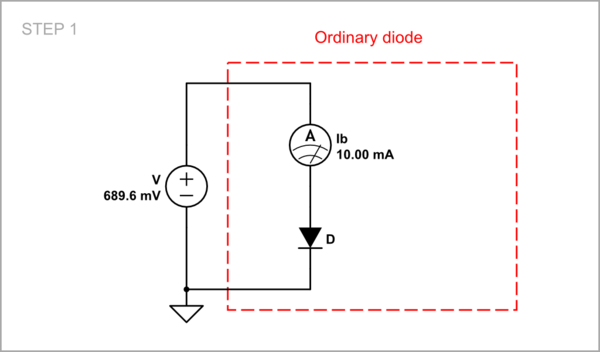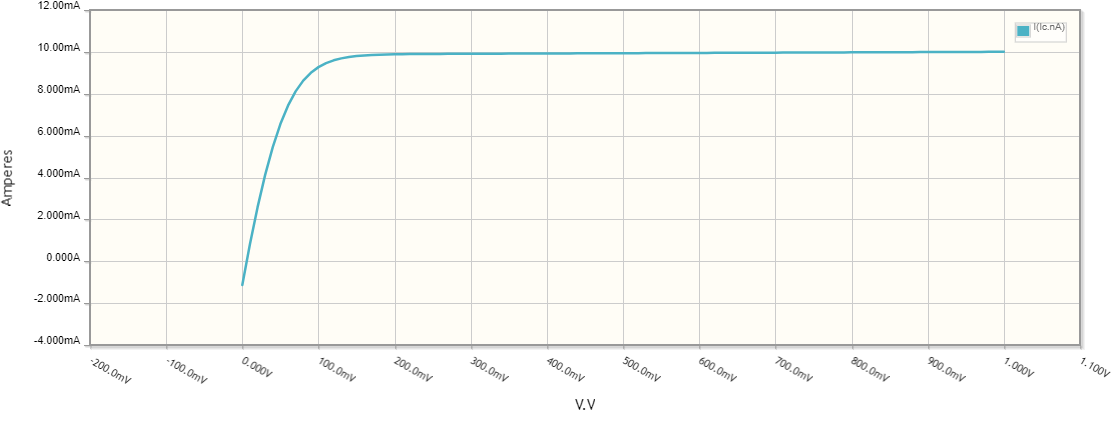Short answers
Is that draw just a convention, a way to simplify the schematics...?
Yes, in circuits with many such "transistor diodes", for the sake of simplicity it is practiced to draw them as ordinary diodes.
... or could the BJT be perfectly replaced by a diode without variations in the circuit?
Yes, it could, but not "perfectly" because they are not exactly identical ("perfect equivalence" can exist between two transistor diodes or between two ordinary diodes). Usually, the idea is the opposite - to replace the diode by a BJT.
Is that diode just the base-emitter diode?
No, it is a base-emitter "diode" buffered (reinforced) by the collector-emitter part. In short, it is a "buffered base-emitter diode".
Basic idea
Understanding this as any other circuit means finding what the main idea of this connection is. The idea here is: In the circuit of an "active diode", the transistor "copies" and buffers the I-V relation of its input base-emitter junction to its output collector-emitter part. As a result, the output part becomes a "diode" like the input one.
By "diode" here is meant a voltage stabilizer, not a one-way valve (ie, the diode's property to keep the voltage constant is used, not the property to pass current in only one direction).
It is very important for the understanding of this little "mysterious" connection to bear in mind that regardless of the fact that the collector-base junction is short-circuited, the transistor works perfectly. It amplifies the base current and, as they say, "works in active mode". It does not consist of only one diode (junction) because the other is shorted; it is a transistor.
Circuit evolution
It is interesting that just two days ago I answered a similar question in detail. So I offer a shorter scenario here. It consists of a series of experiments in which the IV curves of various diodes are examined. In order to draw them in their generally accepted form (the voltage along the abscissa and the current along the ordinate), I did it with the help of a voltage source and the CircuitLab DC sweep simulation. This requires the input voltage to vary within small limits (for example, 0 ÷ 800 mV) with a very small simulation step; the output current is limited to 10 mA. So the voltage across diode changes from 0 to 800 mV and for each step, the current through diode is plotted.
Ordinary diode
Let's first examine a simple Si diode (1N4148).

simulate this circuit – Schematic created using CircuitLab
As you can see in the graph below, in the 0 ÷ 450 mV range, the diode behaves like an ordinary constant resistor with a very high static resistance (R = V/I). After that, however, it decides for some reason to reduce its resistance. As a result, its IV curve becomes very steep (finally, almost vertical) and as they say, "its differential resistance tends to zero".

Base-emitter diode
The transistor base-emitter junction behaves the same way as a diode but it seems to have a higher series base resistance B_R (10 ohm according to CircuitLab).

simulate this circuit
That is why the curve is more sloping.

"Current diode"
Originally the transistor acts as a transistor - keeps up the collector current constant when the base voltage is constant. Its collector-emitter part can be considered as a "current diode" (in the broad sense of the word, "diode" means a device with two ends).

simulate this circuit
As you can see in the graph below, in the 0 ÷ 150 mV range, the transistor behaves like an ordinary constant resistor with a very low static resistance (R = V/I). After that, however, for some reason it begins to increase its resistance. As a result, its IV curve becomes almost horizontal and as they say, "its differential resistance tends to infinity".

Active diode
Connecting the transistor collector to its base has a drastic effect on its behavior - it begins acting as a "voltage diode" (keeps up the collector-emitter voltage constant). Its horizontal output IV curve rotates 90 degrees and becomes almost vertical. The base-emitter junction diverts only a beta part of the whole input current; so it acts as a low power (signal) diode that determines the behavior of the power collector-emitter "diode". Most of the current passes through the latter.

simulate this circuit
Since the base current is beta (140) times smaller than the collector current, the influence of the base resistance R_B on the base-emitter IV curve is insignificant and it is almost vertical (as they say, the diode differential resistance in this part is lower).

The "copy" collector-emitter IV curve is also vertical. That is why the active diode is better than the ordinary diode.

Equivalent circuit
For the purposes of intuitive understanding, we can imagine the transistor as a "current divider" of two "resistors" in parallel - a low-power dynamic Rbe and a powerful controlled Rce, which interact. I had to play around a bit to adjust their resistances to match the real transistor schematic above. As you can see, Ic/Ib = Rbe/Rce = beta (140 here); the similarity is striking.

simulate this circuit











